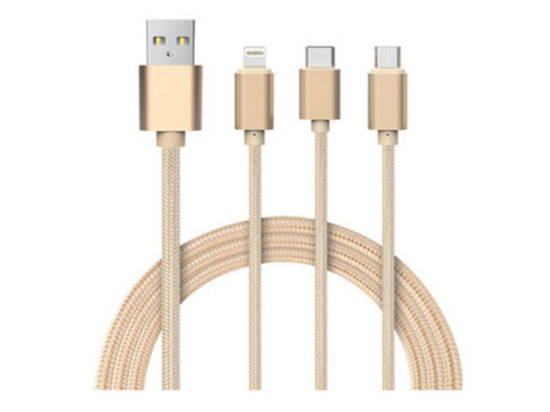
#Industry News
Influencing factors of ozone aging of rubber
The effect of ozone is also a very important reason for the aging and deterioration of rubber in the atmosphere.
Ozone aging is first on the surface layer, usually forming a film first, and then the film is cracked. Especially when used under dynamic conditions, the film is more likely to break continuously to reveal fresh surface, so that ozone aging continues to develop in depth until it is completely destroyed.
Characteristics of ozone aging:
ozone aging test box, professionally suitable for measurement and quality inspection, rubber and plastics, automobile production, wire and cable, packaging materials, instrumentation, medical equipment, civil nuclear energy, civil aviation, colleges and universities, scientific research laboratories, commodity inspection It is used for quality testing of rubber printing products such as arbitration and technical supervision departments.
1. Ozone aging of rubber is a surface reaction.
2. Ozone cracking of rubber requires a certain amount of stress or strain. After ozone aging of unstretched rubber, a frost-like gray-white hard brittle film is formed on the surface. Under the action of stress or strain, ozone cracking occurs in the film.
3. The crack direction of ozone cracking is perpendicular to the direction of force.
Factors Affecting Ozone Aging of Rubber
1. The effect of rubber type:
(1) Double bond content: the higher the double bond content, the worse the ozone aging resistance; (
2) Characteristics of the substituents on the carbon atoms of the double bond: the electron withdrawing substituent reduces the reactivity of the double bond and reduces the ozone reactivity; the electron donating substituent increases the electron cloud density, improves the reactivity of the double bond, and improves the reactivity of the double bond. Ozone responsiveness. For example, the ozone aging resistance of CR, BR and NR is CR>BR>NR.
2. The effect of ozone concentration
The higher the ozone concentration, the worse the ozone aging resistance; under the same ozone concentration, the rubber structure is different, and the ozone aging characteristics are different. For example, NR produces cracks in a short time, but the crack growth rate is slow; SBR, BR, NBR takes a long time to generate cracks, but the crack growth rate is fast.
3. The effect of stress and strain:
Ozone attacks the surface of the rubber, and when the surface ages, an ozonated film is formed on the surface. The ozonated film is relatively hard and brittle, which can prevent the penetration of ozone into the interior. However, under dynamic conditions, the aging film is easily broken, and the ozone continuously reacts with the rubber. break the rubber. Low elongation produces fewer cracks, faster crack growth rate, and deep cracks; high elongation produces more cracks, slow crack growth rate, and shallow cracks.
4. The effect of temperature
The temperature rises, and the ozone aging speed is accelerated.





